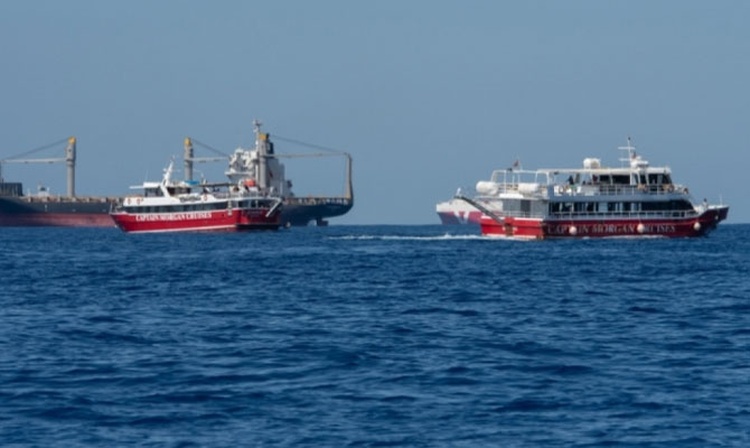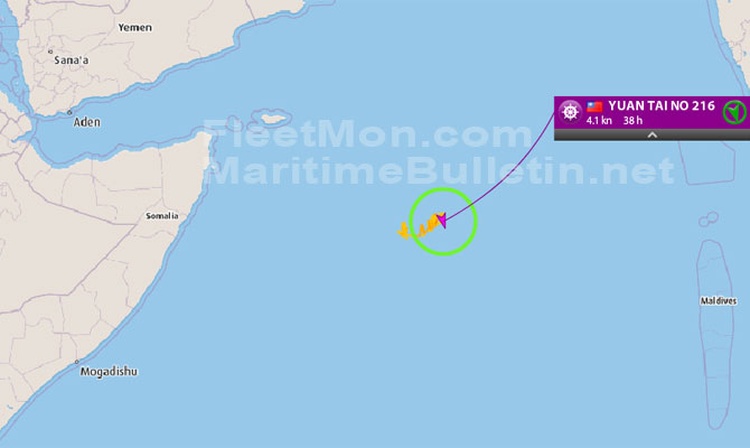The Port of Rotterdam is one of the oldest and largest seaports in Europe. The port, which was the world’s busiest port from 1962 to 1986, has now been overshadowed by Asian ports such as Singapore and Shanghai.
The Rotterdam port is considered to be a strategically important distribution point in Europe as it is surrounded by Europe’s highly-populated and industrialised centres – the German Ruhr district, Paris and London.
Port of Rotterdam HistoryThe Port of Rotterdam came into existence in 1283 when a small fishing village was created at the mouth of the Rotte River by reclaiming a tract of land.
The port became a major seaport in 1360 after the construction of a canal to the Schie. This development allowed the port to gain access to larger cities in the north, and to facilitate the transport of goods between England and Germany.
The Port of Rotterdam became the country’s second most important port after its expansion along the Meuse. Discovery of the sea route to the Indies in the 17th century led to a boom period in shipping and commerce sectors.
“The port became a major seaport in 1360.”French occupation of the port from 1795 to 1815 drastically reduced trade. Trade increased again after the fall of Napoleon.
In 1940, almost one-third of the port facilities were destroyed when it was attacked by Germany.
The port started its rebuilding operation after the end of World War II. The old traditional buildings, destroyed during the war, were replaced by modern-style buildings.
Port OperatorRotterdam’s port and industrial area are managed and operated by the Port of Rotterdam Authority (PoRA). It is a non-listed public limited company, with shares held by the Municipality of Rotterdam (75%) and the Dutch State (25%).
The port authority is responsible for handling shipping traffic, and developing public infrastructure, existing port areas and new port sites. The main goal of the company is to strengthen the competitive position of the port in terms of size and quality.
In 2009, the port authority invested €34m, while the turnover was around €500m. The company has about 1,200 employees.
Industrial GrowthAs is the case with a lot of locations, the Industrial Revolution left an irreversible impression on the city. The growth of industry allowed Rotterdam to grow slowly and steadily as a global port town, and it became an important location for the Dutch East India Company.
The most significant development in this era came near the end of the 1800’s in response to the ineffectiveness of the natural coastal features for industrial shipping.
The marshy, shallow delta caused issues for industrial vessels, and a custom created shipping canal was conceived.
This Nieuwe Waterweg (“New Waterway”) was completed in 1872, also serving to connect industry along the Rhine and Meuse rivers to the North Sea.
Design and constructionThe Port of Rotterdam occupies 10,500ha with industrial sites covering an area of 5,300ha, and infrastructure and water surface covering the remaining area. The length of the port is 40km, while its quay length is 89km. The port also includes 1,500km of pipelines.
“Rotterdam’s port and industrial area are managed and operated by the Port of Rotterdam Authority.”A railroad over the Meuse River was built in 1877, providing the southern Netherlands with access to the Port of Rotterdam. Some bridges were also built to open the river’s south banks for the development of a larger harbour in 1890.
The Rotterdam’s Waal Harbour, which was built between 1906 and 1930, is one of the biggest dredged harbours in the world.
The port’s harbour territory was further enlarged with the construction of the Europort complex along the mouth of the Nieuwe Waterweg.
Construction of Maasvlakte 2 harbour began in 2008 as the existing port is expected to run out of space by 2014. This harbour is expecting the first ship to anchor in 2013.
The contract for the construction of the first site of Maasvlakte 2 was given to a contracting consortium PUMA (Project Uitbreiding Maasvlakte). The consortium consists of Koninklijke Boskalis Westminster and Van Oord. The consortium will also be responsible for maintaining the seawalls for five years. The Port of Rotterdam Authority will finance Maasvlakte 2.
Port facilitiesThe Port of Rotterdam has tank storage capacity of over 30m cubic metres, crude oil storage capacity of 12m cubic metres and mineral oil products storage capacity of 6.7m cubic metres. It also facilitates independent storage of mineral oil products, chemical products, and vegetable oils and fats.
The port includes 122 jetties and 23 berths, and has six pilot boats and 29 tug boats. There are over 90 terminals, 35 reserved for liquid bulk cargoes, 15 for dry bulk cargo and 17 for multi-purpose use.
The port has nine container terminals to handle short-sea, deep-sea and inland shipping. Other terminals at the port include seven roll-on/roll-off, three juice, two fruit terminals, and one each for steel and paper, cars, and cruise vessels.
The port also has a unique hospital with special accommodation arrangements for seamen of all ranks and nationalities.
Port of Rotterdam securityThe three-level security at the port meets the International Ship and Port Facility Security (ISPS) Code standards. Level one is covered with standard protective security procedures.
“Cargo-handling equipment at the Port of Rotterdam includes ten sheer leg cranes.”Additional protective measures are taken at level two as the risk of a security incident is higher here. The highest is at level three, where probability of security incidents is greater.
The Port of Rotterdam Command and Control centre is fitted with massive screens to track and analyse vessels.
The port also has an X-ray based cargo container screening system, capable of screening nearly 150 containers per hour.
EquipmentCargo-handling equipment at the Port of Rotterdam includes ten sheer leg cranes, 12 container cranes, 22 ship-to-shore bulk cranes, 25 floating cranes, 103 container gantry cranes, and 162 multi-purpose cranes.
The port has three shipyards. There are five graving, one graving and covered, and seven floating docks. A slipway maintains inland vessels.






Leave a Reply